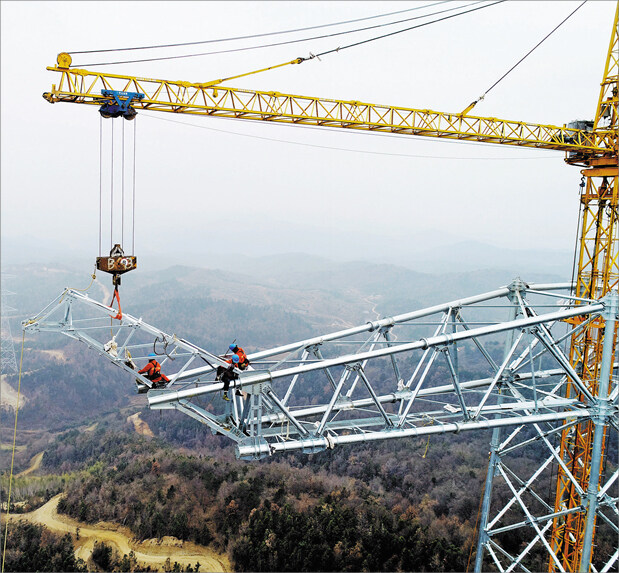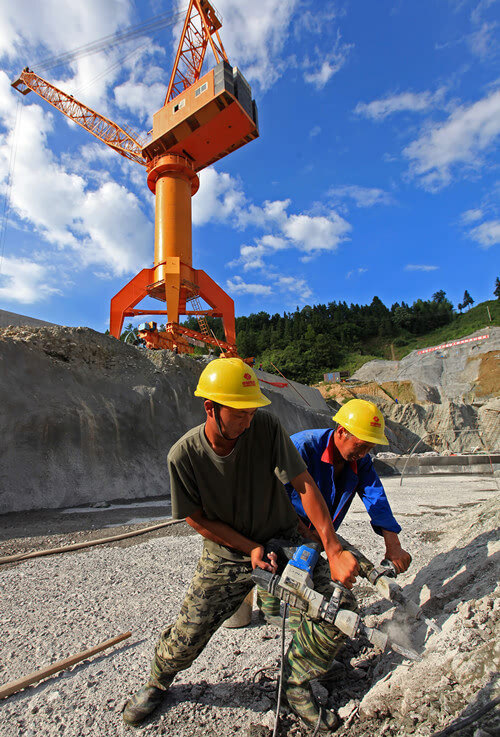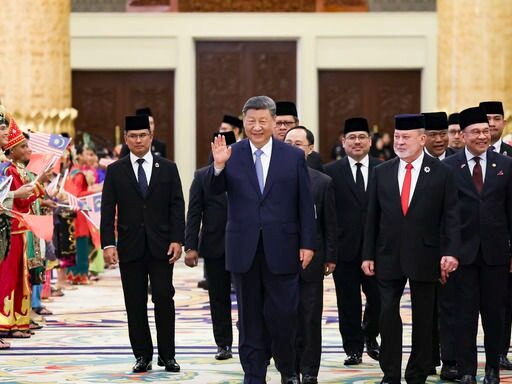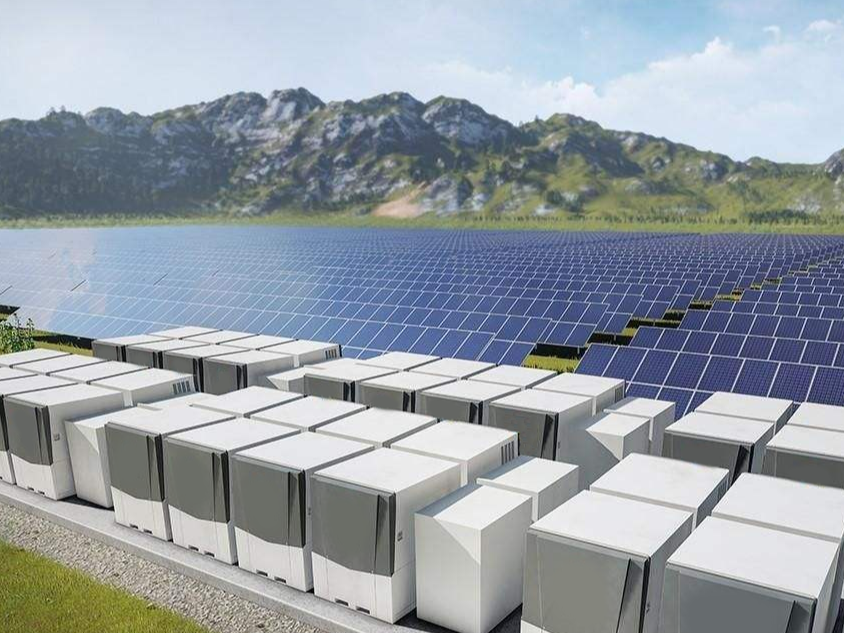- Jinshang-Hubei ± 800 kV UHV DC transmission project is a strategic key project of power transmission from west to east
- After the completion of Tongshan Pumped Storage Power Station, the double regulating capacity will reach 2.8 million kilowatts

On February 16, 2023, the Jinshang-Hebei ± 800 kV UHV DC transmission project and Tongshan Pumped Storage Power Station of the State Grid Corporation of China (SGCC) were started, with a total investment of 42.7 billion yuan, which is of great significance for ensuring the safe and reliable supply of electricity, accelerating the clean and low-carbon transformation of energy, assisting the planning and construction of new energy systems, accelerating the construction of new development patterns, and achieving the goal of carbon peak and carbon neutrality.
Xin Baoan, Chairman of the State Grid Corporation of China and Secretary of the Party Leadership Group, said that the construction of the Jinshang-Hebei Project and Tongshan Pumping and Storage Power Station started the construction of major power grid projects in 2023. The two projects can improve the power supply and demand, complement each other in time and space, and realize the optimal allocation of power resources in a wider range, and better ensure the safe and stable operation of the power grid.
Zhou Xinfeng, deputy general manager of State Grid Hubei Electric Power, said that after the Jinshang-Hubei project was put into operation, it could transmit nearly 40 billion kilowatt-hours of clean electricity from the Sichuan-Tibet Plateau to central China every year, equivalent to one sixth of the annual electricity consumption in Hubei Province, and could reduce carbon dioxide emissions by about 34 million tons per year. While effectively meeting the growth of electricity load in central China, especially in Hubei, it would also greatly improve the power supply guarantee capacity of Central China Grid.

Hubei Electric Power Construction Personnel
Hubei power grid is the center of China's networking, and bears the responsibility of the Three Gorges power transmission and trans-provincial and trans-regional power transfer. As a platform-type power grid, the UHV project plays an important role in ensuring the safety and sufficient power supply of Hubei power grid.
Jinshang-Hubei Project
The Jinshang-Hubei project adopts the new technology of UHV DC multi-terminal cascade independently developed by China, which is the highest UHV DC transmission project in the world at present. The rated voltage of the project is ± 800 kV and the rated capacity is 8 million kilowatts. The sending end will build two converter stations, Kamai and Bangguo, respectively in Changdu, Tibet and Ganzi, Sichuan, to collect hydropower and new energy in the upper reaches of the Jinsha River; The receiving end will build Daye converter station in Huangshi, Hubei Province, and connect to the central China UHV AC backbone grid.
The DC line has a total length of 1901 kilometers and passes through Tibet, Sichuan, Chongqing and Hubei provinces (autonomous regions and municipalities directly under the Central Government). After the project is completed, it can transmit nearly 40 billion kilowatt-hours of electricity to central China every year, equivalent to one sixth of the annual electricity consumption of Hubei Province. It will play an important role in meeting the reliable supply of electricity. It is expected to be completed and put into operation in 2025.

Tongshan pumped storage power station
Tongshan pumped storage power station adopts mature and economical pumped storage technology, and builds four 350000kW reversible generator units in Tongshan, Hubei Province, which will play the role of stabilizer and regulator to ensure the safe operation of the large power grid and the role of charging bank to support the development of new energy. After the completion of the power station, the double regulation capacity will reach 2.8 million kilowatts, which is close to 20% of the maximum peak-valley difference of the Hubei power grid. It can give full play to the role of peak regulation, valley filling, frequency modulation, phase modulation and emergency standby, and improve the peak supply guarantee capacity of the power grid.
Central China is an important engine for the high-quality development of China's economy and society. The demand for energy and electricity is strong. During the 14th Five-Year Plan period, the average annual growth of electricity load is expected to exceed 6%. However, the primary energy resources are relatively scarce, and the peak-valley difference of electricity load is large. The power grid regulation capacity is facing challenges, and higher requirements are put forward for power supply guarantee.Editor/Ma Xue
Comment
 Praise
Praise
 Collect
Collect
 Comment
Comment
 Search
Search














Write something~